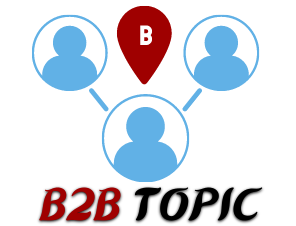You have a bank account, right? How about a mortgage and car loan? Despite most of us having experience with basic financial services, far too few of us really know how those services work. For example, a lot of consumers do not realize that interest and fees are the means by which lenders make money.
Perhaps our lack of knowledge is rooted in a misunderstanding of what the banking industry actually is. Banks, credit unions, and private lenders are not altruistic organizations trying to lend a helping hand out of the goodness of their hearts. They are businesses. And like any other business, banking exists to generate a profit.
Banking Is a Service
Whether you are talking about checking accounts, mortgages, small business loans, or safe deposit boxes, banking is a service. It is no different from any other service. Banking is also a service that needs to be paid for. Who pays for it? Customers. How do they pay for it? Through interest and fees.
Paying for Loans
When you borrow money, you are accessing a service provided by the lender. It could be your local savings and loan giving you a residential mortgage to buy your first house. It could be a hard money lender offering to help you purchase a piece of commercial property. Either way, the lender is going to charge you for the service provided.
According to Salt Lake City’s Actium Partners, charges are assessed by way of interest rates, points, and fees. Interest rates generally provide the lender’s profit. Points and fees cover a lender’s costs of doing business – with a slight markup, of course.
Paying for Banking Services
Financial institutions offer services above and beyond loans. Checking accounts, savings accounts, and debit/credit cards are prime examples. Sometimes those services have fees attached. Other times, banks and credit unions waive the fees in order to attract and keep customers. When fees are waived, a bank or credit union isn’t necessarily losing money. They are still making money by lending out customer deposits.
Don’t Forget the Risk Factor
Thinking in terms of a business trying to earn a profit makes it a little easier to swallow bank fees and interest payments. Still, that doesn’t stop people from feeling frustrated by interest rates and fees they believe to be excessive. Stepping back and looking at it through the lender’s eyes can change things.
One of the first things you come to realize when trying to understand a lender’s perspective is the idea of risk. Banks and credit unions face very little risk by offering free checking accounts and debit cards. But they face significant risk on every mortgage and car loan.
Hard money lenders face even more risk. The types of loans they fund are short term loans that rely almost exclusively on collateral for backing. This makes them more risky. As such, hard money lenders charge higher interest rates and fees.
There Is a Way to Pay Less
We cannot escape the fact that banks, credit unions, and private lenders make their money through interest and fees. But there is a way to pay less: maintain a good credit score and history. When lenders see a solid history and high score, they also see less risk. They are willing to offer lower interest rates and more attractive terms.
Banking is a business designed to earn a profit. That profit is made through interest and fees. Remember that next time you feel frustrated by your bank or mortgage lender. They are just trying to make a living like everyone else.

